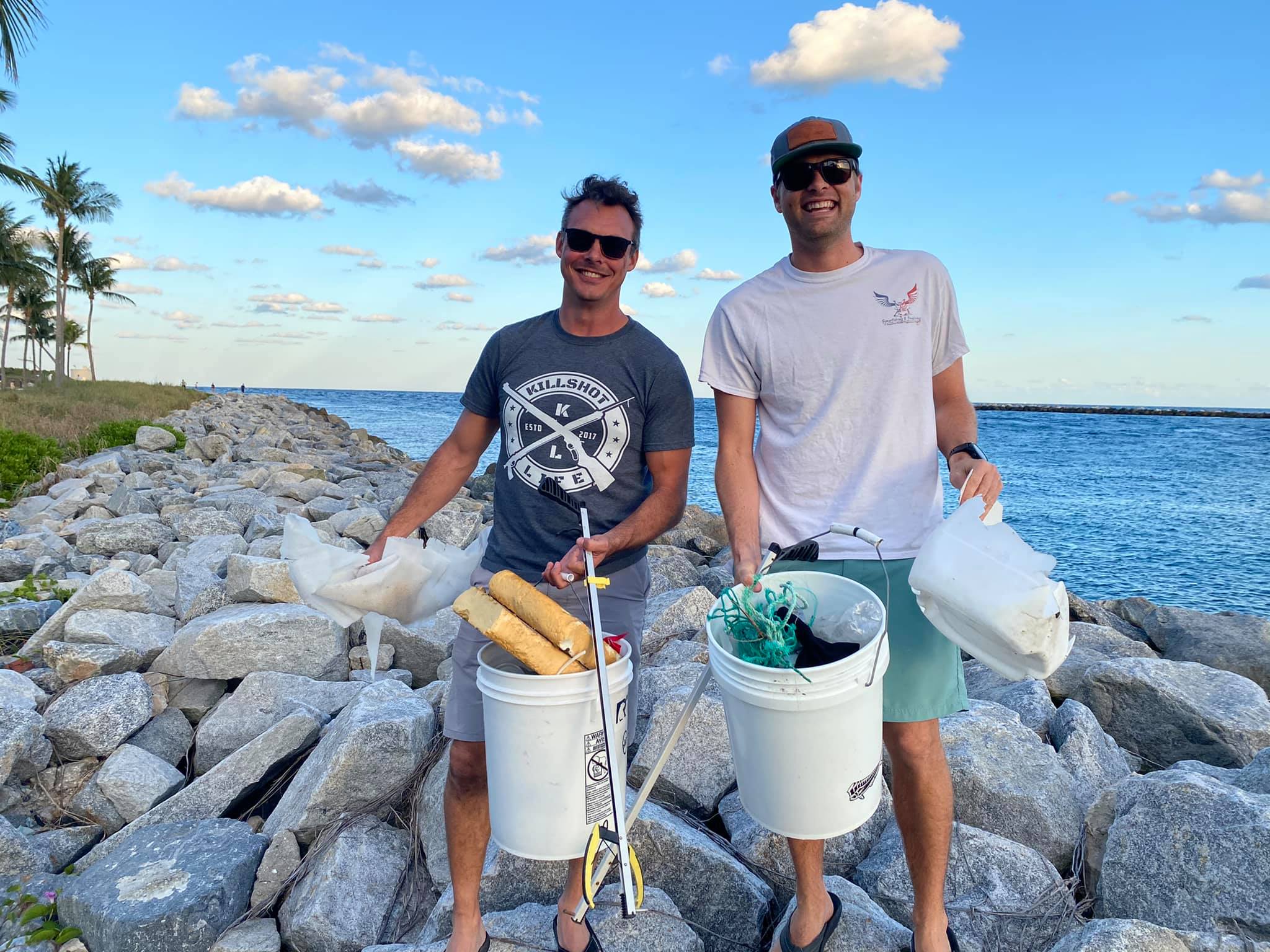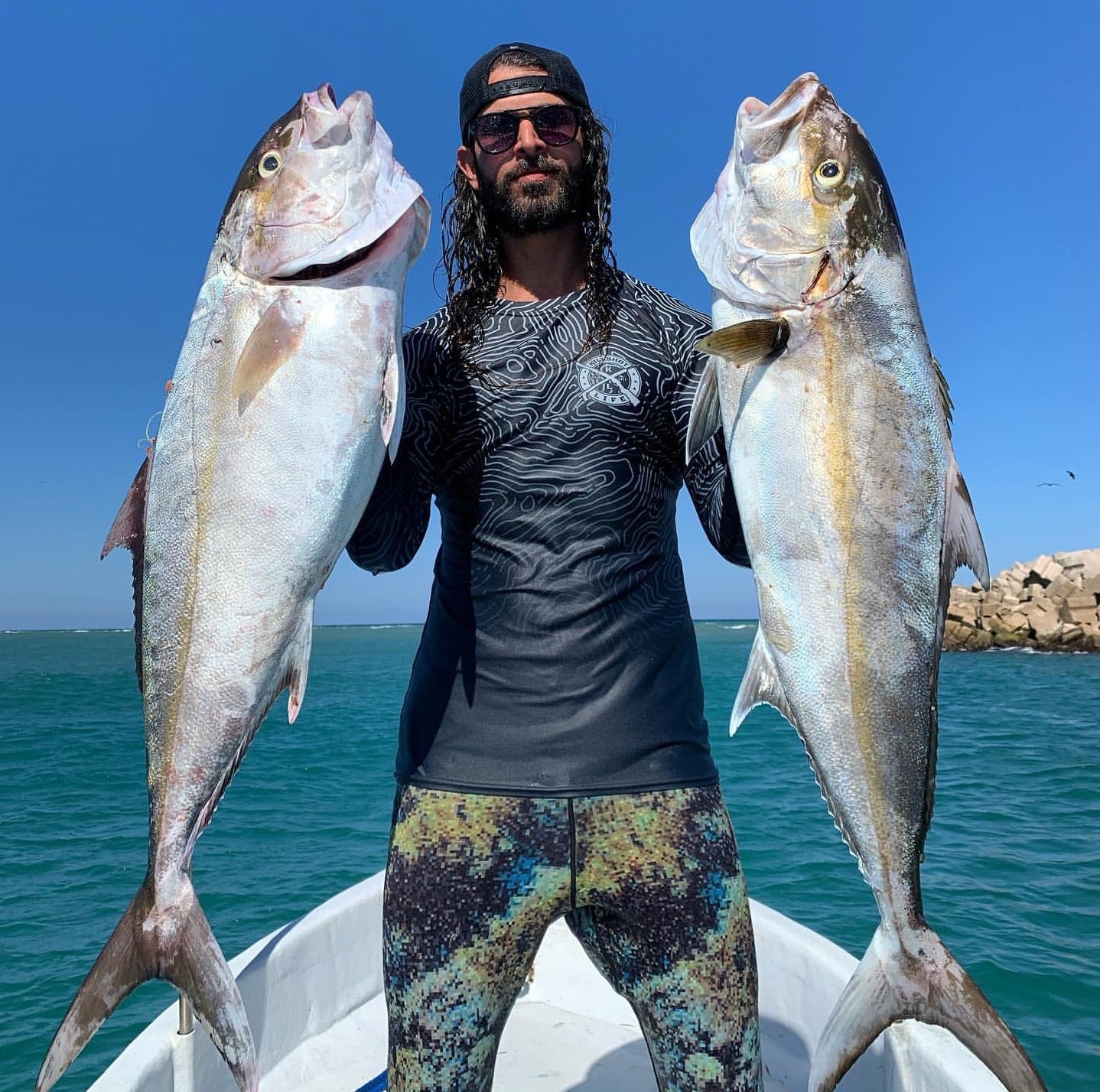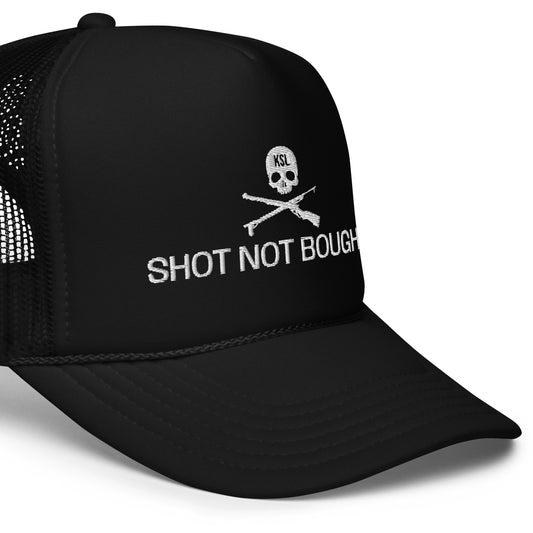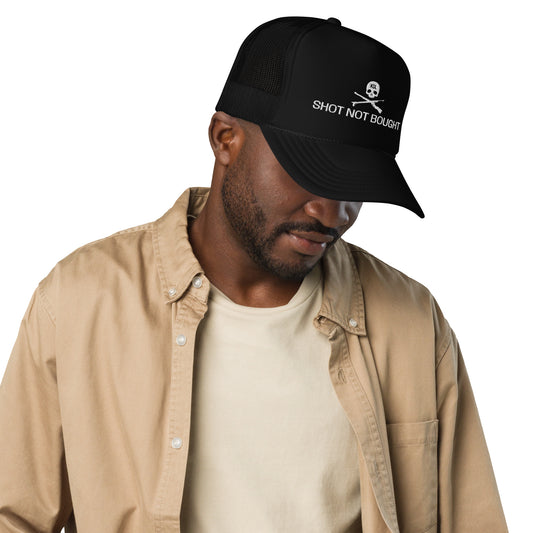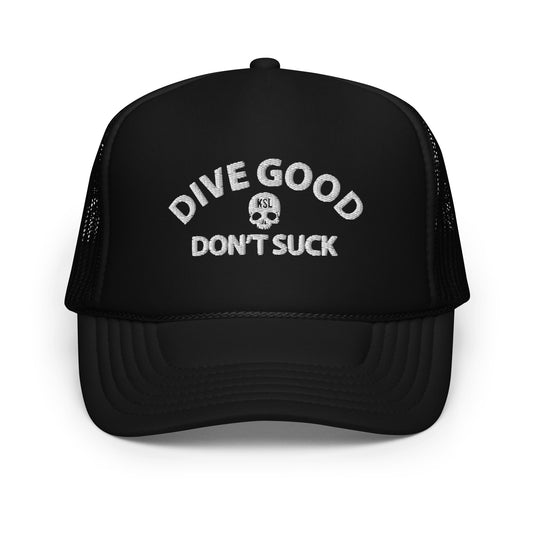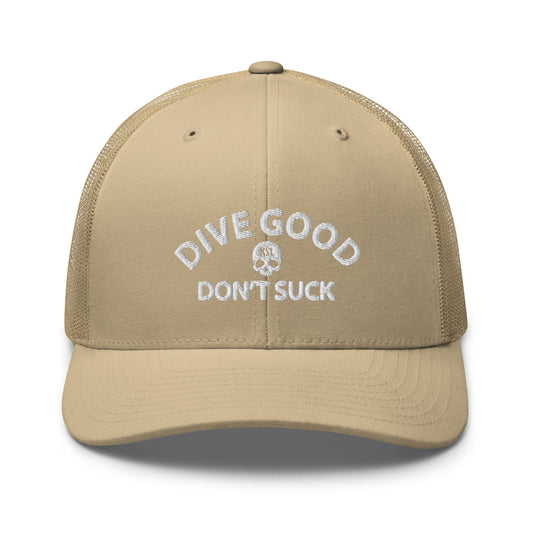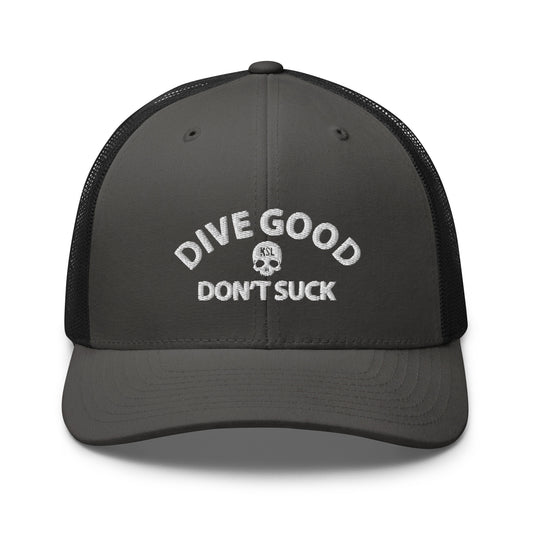How to Go Spearfishing Safely and Effectively
Share
Spearfishing is an exhilarating activity that combines adventure, physical fitness, and a deep connection with the marine environment. Whether you are drawn to the sport for the thrill of the hunt, the opportunity to put fresh seafood on your plate, or the challenge of mastering new skills, safety and effectiveness are paramount. This guide will walk you through some of the key aspects of spearfishing, helping you make sure you can enjoy the experience while respecting the ocean and its inhabitants.
Before we even get started, our #1 recommendation is to become freedive certified - this will ensure you receive safety training from a professional.

1. Understanding Spearfishing Basics
Before you dive into spearfishing, it’s important to understand what the sport entails. Unlike traditional fishing methods, spearfishing requires you to hunt fish using a speargun or a pole spear while free diving, snorkeling, or scuba diving. It’s an ancient practice, modernized with better equipment and techniques. The goal is not just to catch fish, but to do so sustainably, ethically, and safely.
2. Gear Up: Essential Equipment
Quality spearfishing gear is critical for safety and success. Here’s a breakdown of what you’ll need:
a. Speargun or Pole Spear
- Speargun: Ideal for beginners, spearguns are powerful and precise. Choose one based on the type of fish you’re targeting and the environment you’re diving in (reefs vs. open water). Note that spearguns are not permitted in some areas.
- Pole Spear: Simpler and more traditional, pole spears require closer proximity to the fish, making them great for shallow waters or targeting smaller species.
b. Wetsuit
A good wetsuit keeps you warm, provides buoyancy, and offers protection from the sun, sharp rocks, and marine creatures. Some wetsuits are camouflaged to help you blend into the underwater environment - your mileage may vary.
c. Mask, Snorkel, and Fins
- A snug-fitting mask ensures clear vision underwater.
- A snorkel allows you to breathe at the surface without lifting your head.
- Long, flexible fins improve propulsion and help conserve energy during dives.
d. Weight Belt
A weight belt helps you counteract the buoyancy of your wetsuit, making it easier to dive. Use just enough weight to stay neutrally buoyant at your target depth. Do NOT overweight yourself in order to descend faster - you need to ensure that if you have a shallow water blackout you will re-surface so your dive buddy can revive you.
e. Dive Knife
A dive knife is essential for cutting lines, freeing yourself if you get tangled, and humanely dispatching a catch.
f. Float and Flag
A float with a dive flag signals your presence to boaters, improving your safety in busy waterways.
3. Prioritize Safety
Spearfishing is inherently risky; the best gear can't overcome a lack of respect for diving safety. To minimize dangers, follow these safety guidelines:
a. Free Diving Fundamentals
Spearfishing typically involves free diving rather than scuba diving. Master the basics of breath-holding, equalizing pressure, and safe ascent techniques. Never hyperventilate before diving, as it can lead to shallow-water blackout. Whether freediving or scuba diving, safety fundamentals are best learned from an instructor.
b. Dive with a Buddy
Always spearfish with a partner. A buddy can monitor your dives, assist in emergencies, and provide a second set of eyes for spotting fish.
c. Know Your Limits
Avoid pushing yourself to extreme depths or breath-holding times. Build your skills gradually and stay within your comfort zone.
d. Check Local Regulations
Spearfishing laws vary widely. Familiarize yourself with local rules, including restrictions on fish species, sizes, and catch limits. Obtain any necessary permits or licenses.
e. Be Aware of Marine Hazards
- Predators: Sharks and other predators can be attracted to your catch. Stay vigilant and avoid spearfishing in areas known for high shark activity.
- Environmental Hazards: Learn to navigate currents, avoid sharp coral, and identify potentially dangerous marine life like jellyfish or stonefish.
f. Only Point Your Weapon At What You Intend To Destroy
This may seem a little dramatic, but a speargun carries a lot of power. Don't turn a fun day into a tragic one by putting a shaft into your friend by accident. Never point a speargun at a person (whether or not it is loaded), whether above or under water.
Does this all feel a little overwhelming? Our highest priority recommendation is to take a freediving class and become certified. A professional instructor can simplify all of this and teach you techniques to ensure that reducing unnecessary risks while freediving becomes second nature.
4. Develop Effective Techniques
Success in spearfishing requires more than just good gear. Hone your skills to become a proficient hunter:
a. Practice Your Aim
Spend time practicing with your speargun or pole spear before heading out. Precision is key to ensure quick, ethical kills and avoid injuring fish unnecessarily.
b. Learn to Move With Stealth
Fish are highly sensitive to movement and sound. Approach your targets slowly and quietly, using the environment for cover.
c. Understand Fish Behavior
Study the species you’re targeting. Learn about their habitats, feeding patterns, and escape routes. This knowledge will help you anticipate their movements.
d. Master Breath-Holding Techniques
Controlled breathing and relaxation can significantly extend your dive time. Consider taking a free diving course to improve your technique and confidence underwater.
5. Practice Ethical Spearfishing
Spearfishing is more than a sport—it’s a responsibility. Respect the marine environment and practice sustainability:
a. Target Legal and Sustainable Species
Avoid spearing endangered or overfished species. Choose fish that are abundant and within legal size limits.
b. Take Only What You Need
Spearfishing isn’t about filling your cooler; it’s about selective, mindful harvesting. Take only what you can eat or share.
c. Avoid Damage to Reefs
Coral reefs are delicate ecosystems. Avoid standing on, touching, or damaging coral while hunting.
6. Prepare for Your Dive
Before hitting the water, ensure you’re fully prepared:
a. Plan Your Dive
Choose a safe location with good visibility and manageable currents. Check weather and tide forecasts to avoid rough conditions.
b. Perform Gear Checks
Inspect all equipment for damage or malfunctions. Ensure your speargun is loaded properly and your float line is secure.
c. Warm Up
Stretch and perform light cardio exercises to increase flexibility and prepare your body for diving.
7. Post-Dive Best Practices
What you do after your dive is as important as preparation and execution:
a. Inspect Your Catch
Bleed and gut your fish to improve quality Iand ensure you’ve followed local regulations. Reminder: it's best to make sure you've followed regulations *before* you pull the trigger.
b. Care for Your Gear
Rinse your equipment with fresh water to remove salt and prevent corrosion. Store it in a dry, cool place.
c. Reflect and Improve
Assess your experience, noting what worked well and what could be improved for your next trip.
Conclusion
Spearfishing is a rewarding activity that offers excitement, challenge, and a connection to nature. By focusing on safety, mastering essential skills, and practicing ethical harvesting, you can ensure that every dive is a success. Respect the ocean, cherish the experience, and enjoy the fruits of your labor—there’s nothing quite like the satisfaction of sharing a meal from your own sustainable catch. We have some gear lists to help you get started if you need some guidance, but we primarily suggest finding a local shop to help you get started.
Above all, we recommend becoming finding a professional instructor and becoming a certified diver. You can then prioritize diving with other certified divers who you know also have learned the fundamentals of safe diving.

